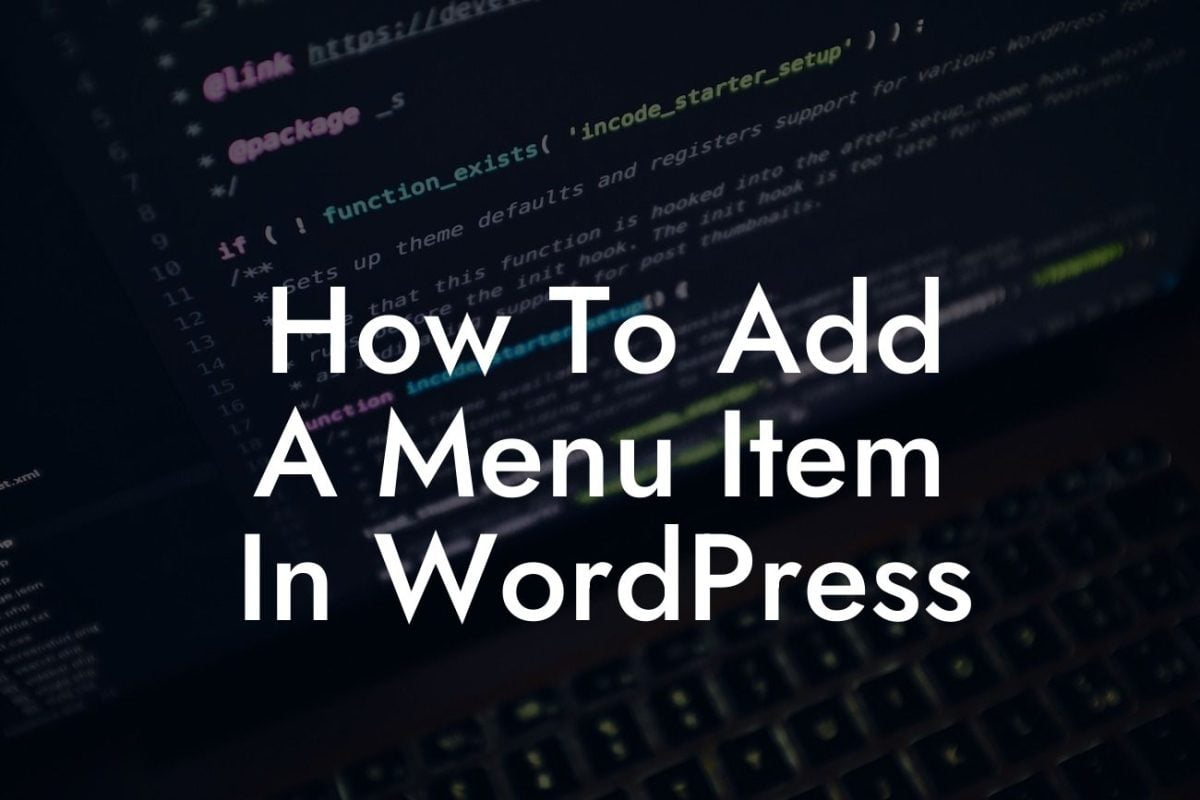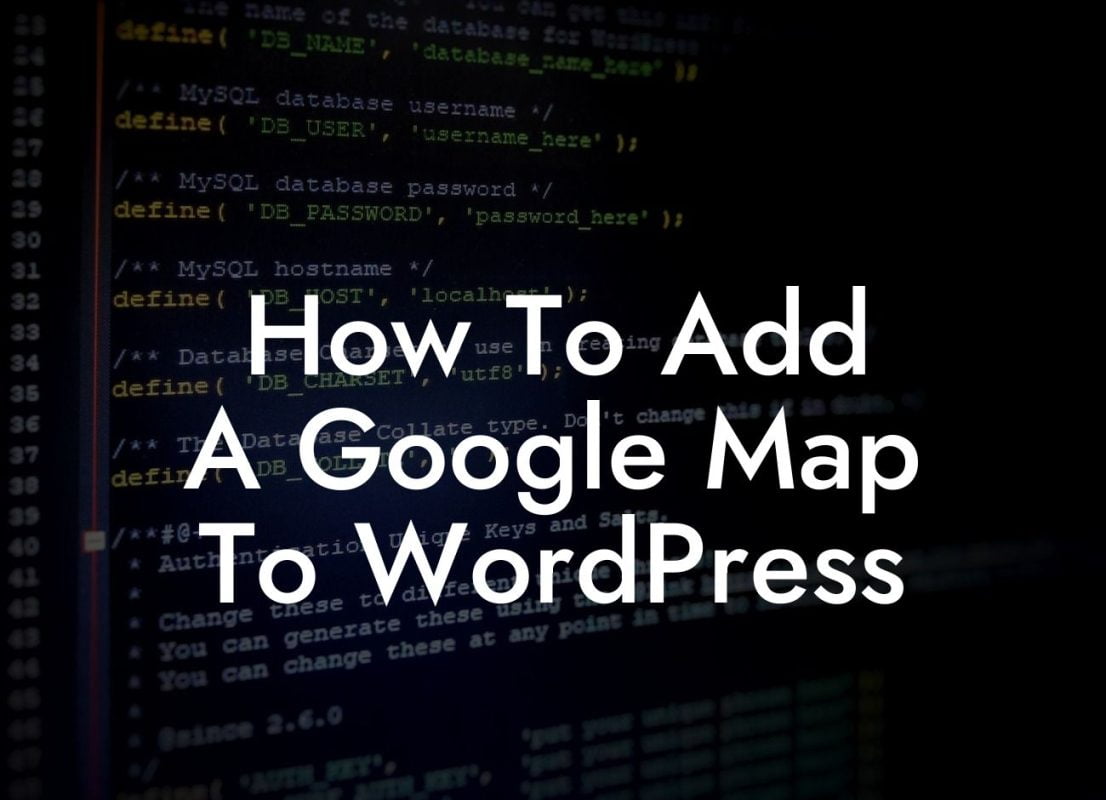With every update and change made to your WordPress website, there is always a chance for unexpected issues to arise. One such problem that small businesses and entrepreneurs often face is the disappearance of cluster maps after a template change. Cluster maps are a valuable tool for visually representing data and providing detailed information within a single map. In this article, we will delve into the reasons behind this issue and guide you through the troubleshooting and fixing process. Say goodbye to the frustration of lost cluster maps and welcome a smooth online experience!
Cluster maps hold immense importance for small businesses and entrepreneurs, acting as powerful tools in showcasing data and providing location-specific information. When you change your WordPress template, however, there is a possibility that these cluster maps may vanish. Let's explore the reasons behind this occurrence and learn how to address them effectively.
1. Compatibility Issues:
Templates play a significant role in the appearance and functionality of your website. Sometimes, the cluster map plugin you were using may not be compatible with the new template, resulting in its removal. To resolve this, you need to check if the cluster map plugin is compatible with your new template. If not, consider finding an alternative plugin or contacting the plugin developer for support.
2. Plugin Conflicts:
Looking For a Custom QuickBook Integration?
WordPress websites often incorporate several plugins to extend their functionality. However, conflicting plugins can cause errors and lead to the disappearance of cluster maps. To identify plugin conflicts, deactivate all plugins except the one responsible for the cluster map. If the map appears, you can narrow down the issue to a specific conflicting plugin and either find an alternative or contact the plugin's support team for assistance.
3. Template Structure:
Cluster maps rely on a specific structure within templates to display correctly. While changing your template, it's possible that the new one lacks the necessary structure for cluster maps, resulting in their disappearance. In such cases, you may need to consult with a developer or make modifications to your template's code to accommodate the cluster maps.
Cluster Maps Gone After Template Change Wordpress Example:
Imagine you run a tourism blog, and your cluster map showcases the top tourist destinations in your area. After changing your website's template, you realize that the cluster map has vanished, leaving your readers without the visual representation of these popular spots. Without a solution, your website's visitor engagement and overall appeal may diminish. However, by addressing the compatibility issues, plugin conflicts, or template structure problems, you can regain the cluster map's presence and provide your readers with valuable information.
When it comes to managing your WordPress website, ensuring consistent performance is essential. By following the troubleshooting and fixing steps outlined in this article, you can resolve the cluster map disappearance issue caused by template changes. Don't let a small setback hinder your website's success. Explore other helpful guides on DamnWoo to enhance your online presence, and try one of our awesome plugins to take your website to a whole new level. Share this article with others who might be facing the same issue to help them overcome their challenges too. Stay tuned for more informative content from DamnWoo!













